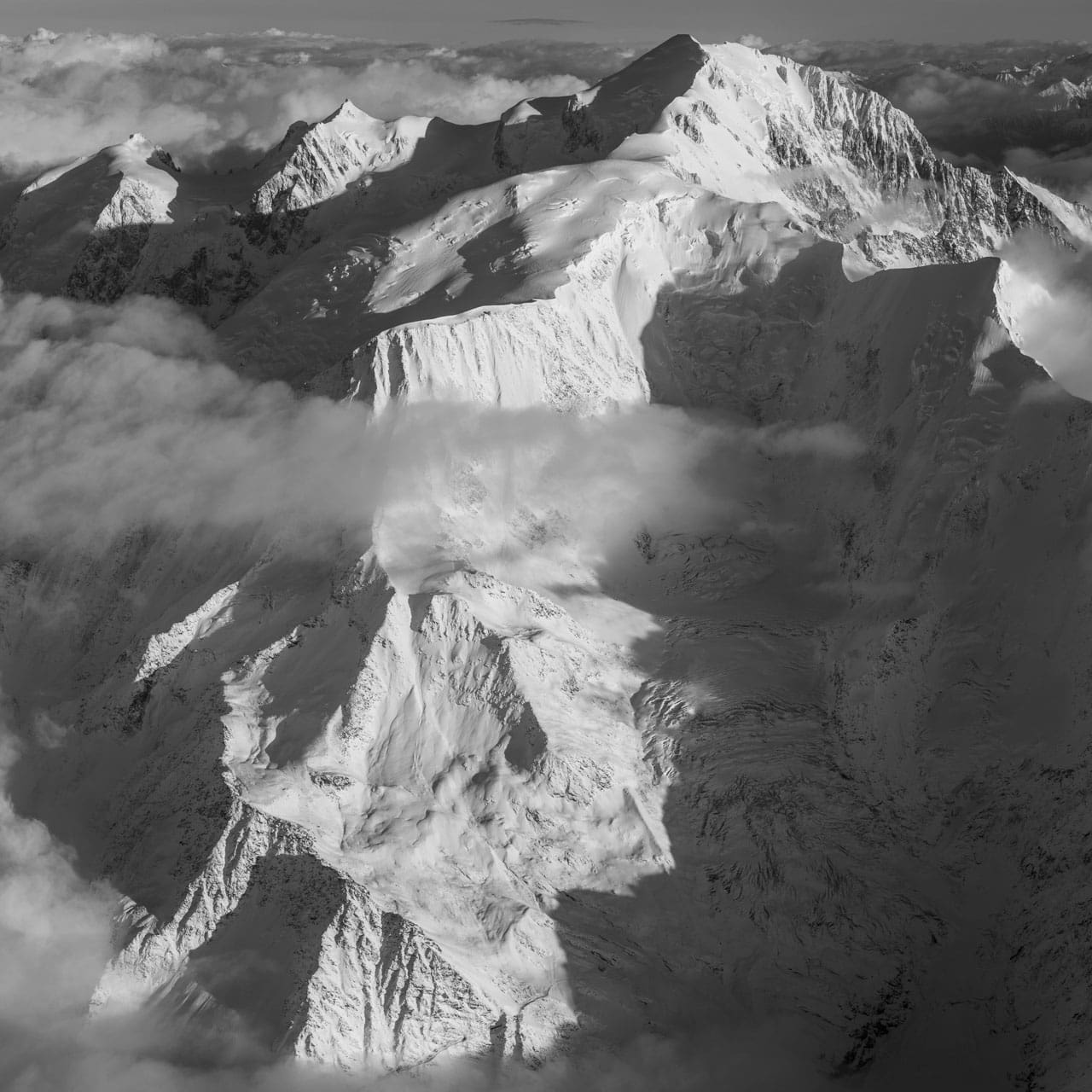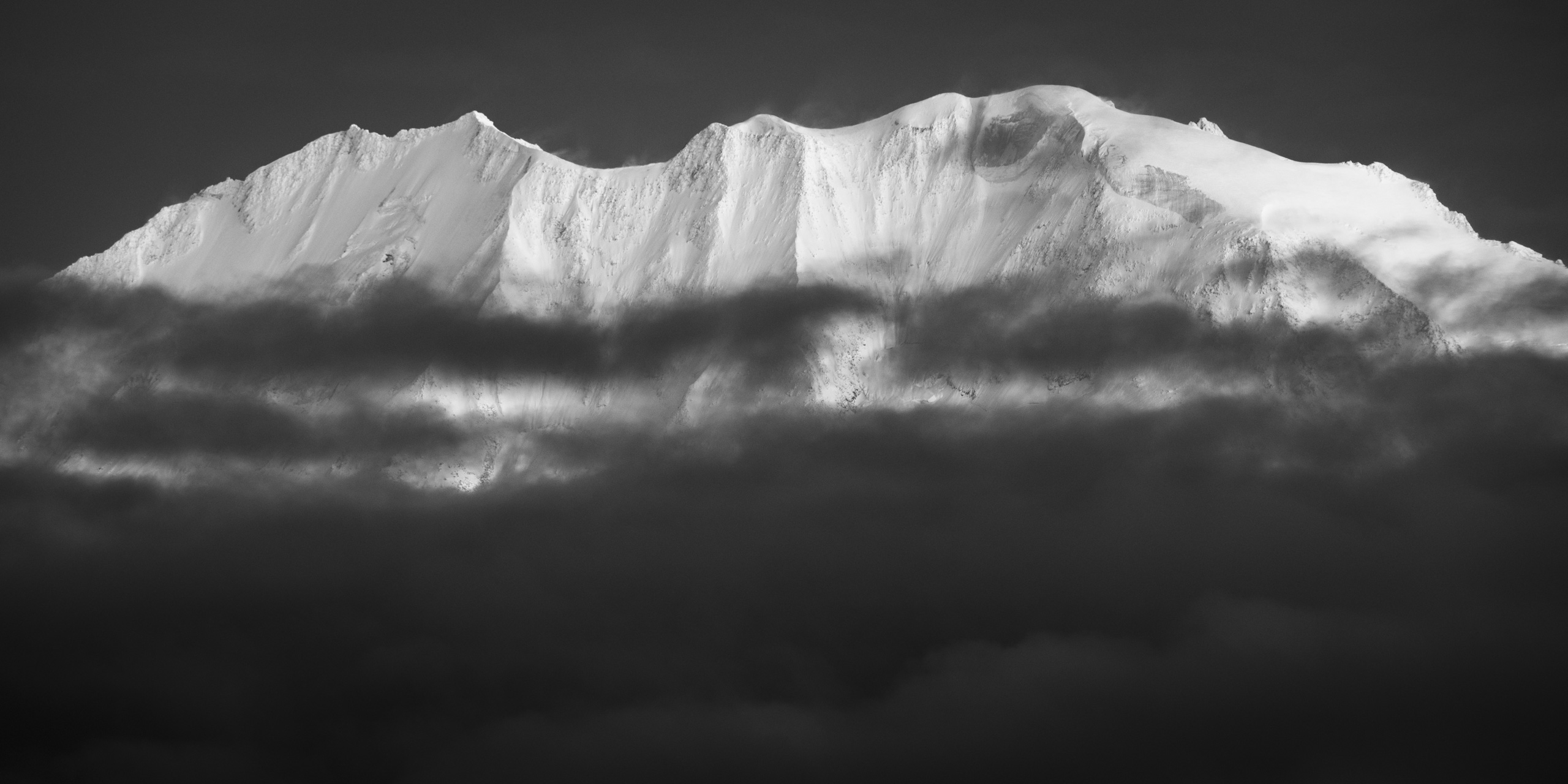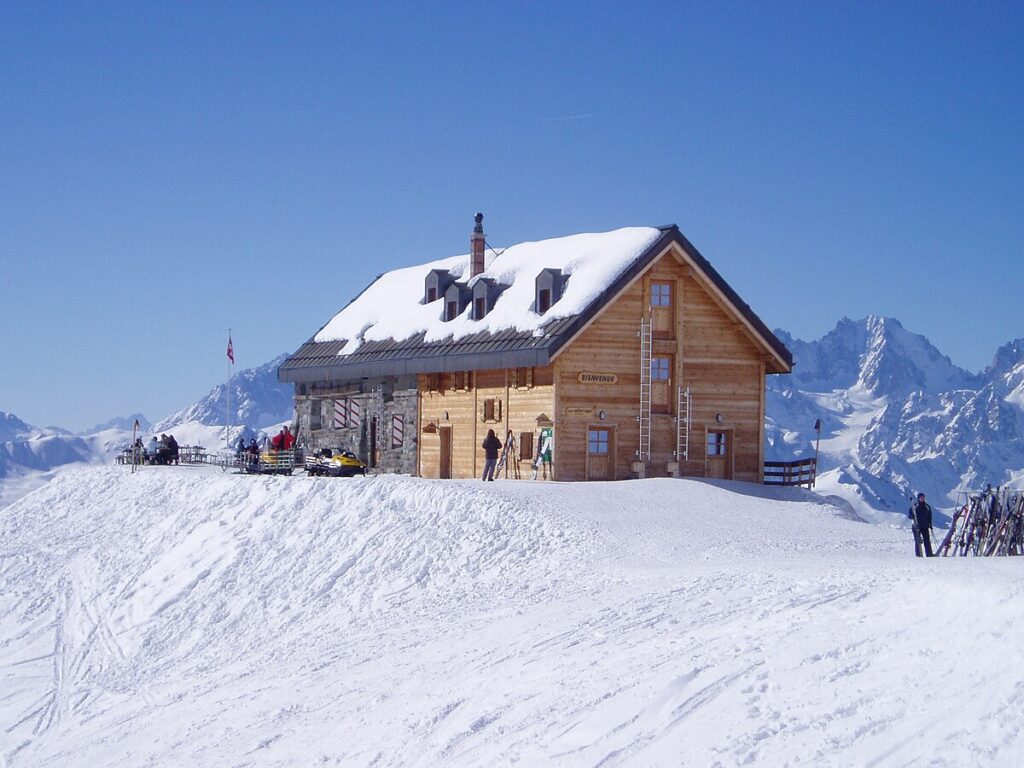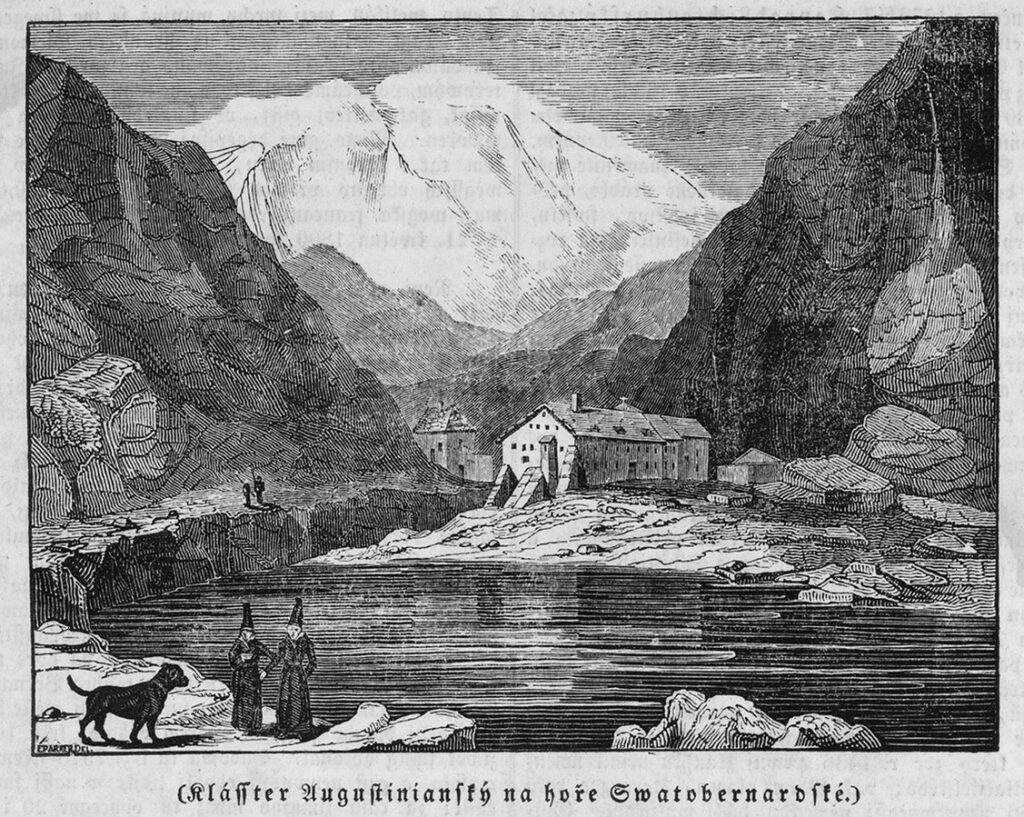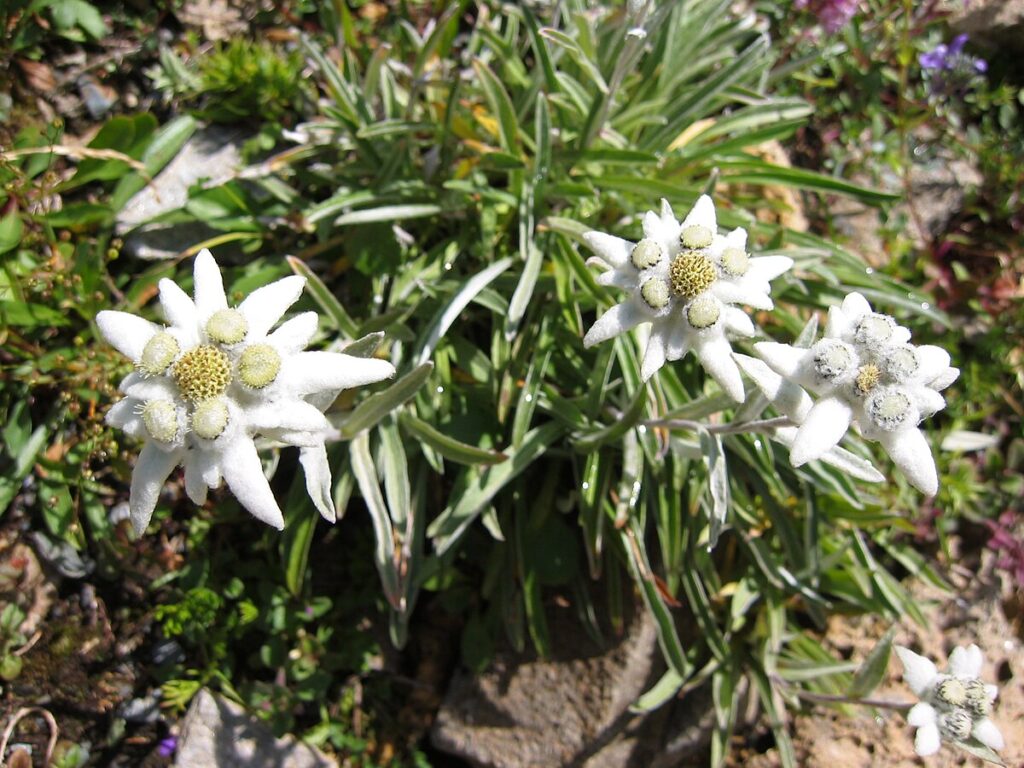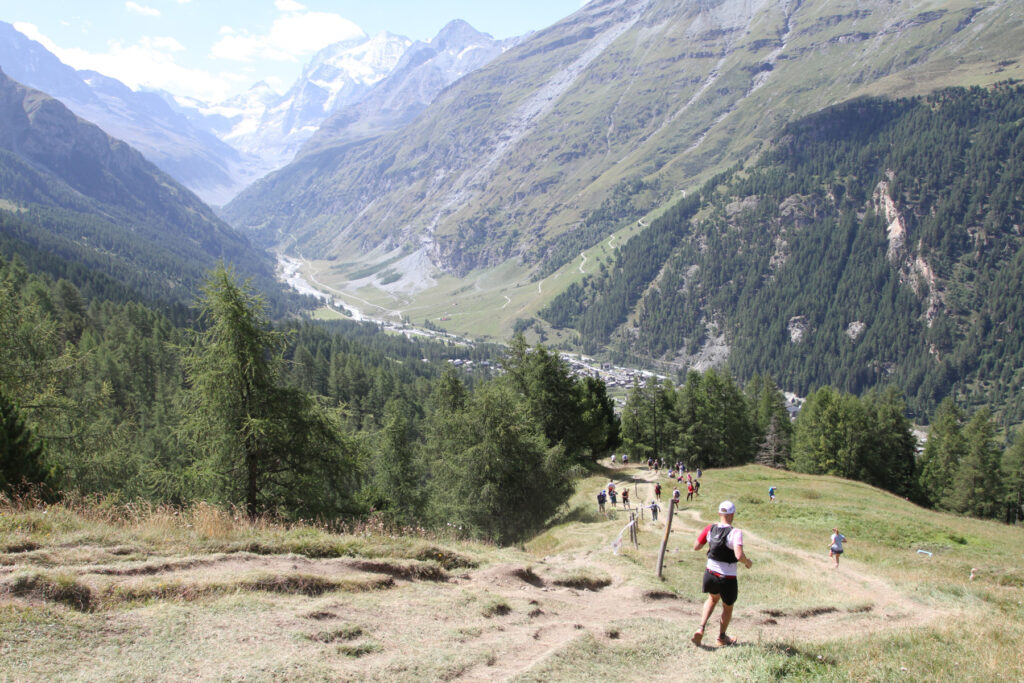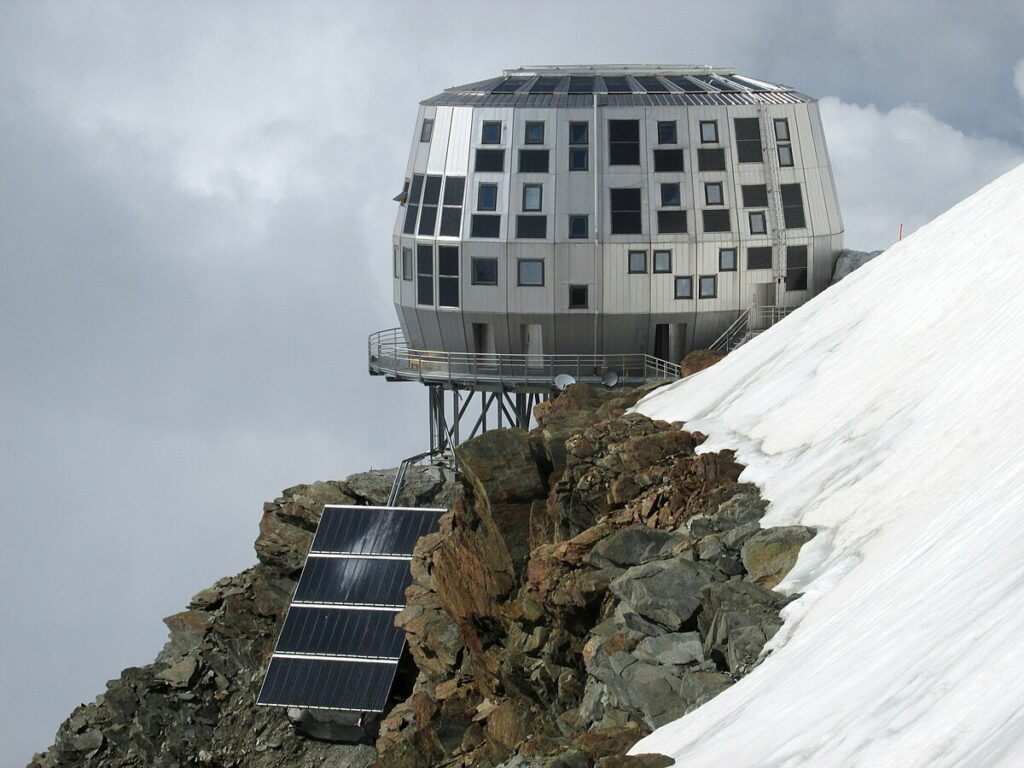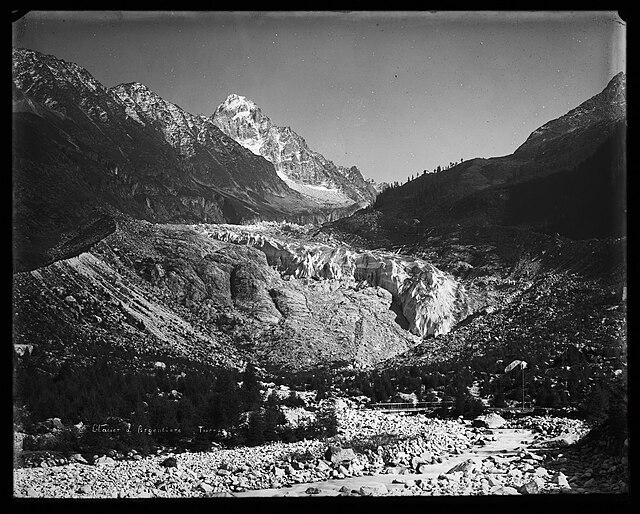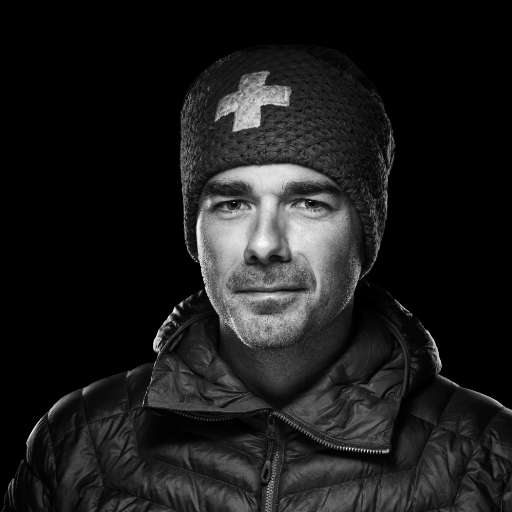The Alps have gone from being a wild and hostile land to a popular destination. And from being fearsome creatures, the high mountains have become the Grail of every adventurer. A dream environment where you can ski, hike and recharge your batteries. But what's the real story behind this metamorphosis? Let me take you on a journey of discovery of tourism in the Alps in the 19th century.
Tourism in the Alps at the dawn of the 19e century
As early as the 18th century, young aristocrats and middle-class citizens from all over Europe crossed the Alps on their graduation trips. The so-called Grand Tour linked the historic sites of France and Italy. They discover a world of frightening splendor. Vibrating with opposing emotions, the high summits inspire fear and fascination. The mountains combine fright with magnificence, giving life to the sublime. The alchemy of heights, where menacing shadows give rise to the most dazzling light.
But it was in 1787 that the way the Alps were viewed really changed. One year after the conquest of Mont Blancthe Genevan Horace Bénédict de Saussure climbed the Toit de l'Europe in the company of Jacques Balmat. This feat traditionally marks the beginnings of mountaineering and tourism in the Alps. Driven by a desire for adventure and a thirst for knowledge, Europe's elite flocked to the high mountains. The Alps became the focus of scientific experiments of all kinds. A playground that nourished both mind and body. And the inhabitants of the valleys of France, Switzerland and Italy suddenly saw their lives transformed. Hitherto far removed from the hustle and bustle of the world, they are now thrust into the spotlight.
In the 19e century: the advent of bourgeois tourism in the Alps
In the 19th century, the Grand Tour of Europe's golden youth gave way to the travels of the bourgeoisie. Tourists began to flock to the Alps, which went from being an obligatory stopover to a popular destination for the elite. At the origin of this movement were English men and women of all ages, who, from 1830-1850, dreamed of reaching the high mountains. During the golden age of mountaineering, and buoyed by the rise of romanticism, their eyes turned to the Alps.
Europe was in a state of flux. At a time of industrialization and urbanization, the mountains were becoming a veritable paradise, a place of rest and recreation. Travel became more frequent, shorter and more regular. The Alps sounded like a parenthesis to be enjoyed every winter or summer.
Tourism in the Alps in the 19e century: thermalism, hiking and mountaineering
In the Alps, these new tourists come to recharge their batteries. The spa resorts attracted a wealthy clientele eager for well-being and worldliness. Thanks to the therapeutic virtues of their springs, the resorts of Aix-les-Bains, Challes-les-Eaux and Saint-Gervais are taking off. While some enjoy the thermal waters, others come to breathe the fresh Alpine air. Health tourism brought tuberculosis sufferers to sanatoria in the heart of the mountains.
Tourism in the Alps is also developing thanks to hiking. Hiking was born on the slopes of the mountains. More and more trails were marked out, and travel guides were published to promote this new way of approaching the summits. Hiking became a leisure activity that attracted more and more travellers every day.
But it was thanks to mountaineering that the mountains became the object of everyone's desires. Tourists were thirsty for conquests and sporting feats. From 1850 onwards, first ascents multiplied on the highest summits the Alps. In the golden age of mountaineering, explorers became heroes and middle-class adventurers dreamed of making history. Buoyed by this fervor, the discipline began to take shape. Alpine clubs and mountain guide companies were born. Mountaineering was elevated to the status of a sport, and numerous refuges were built on high summits.
Evolution of the Alps in the 19e century: high mountains accessible to tourism
Tourism in the Alps would not have been possible without the development of the region's infrastructure. In the 19th century, the Alpine landscape was transformed to welcome foreigners. The valleys opened up to the world, and the summits themselves adapted to this change. New roads criss-crossed the mountains and crossed the passes. The land was developed to satisfy visitors' appetite for all kinds of leisure activities and breathtaking panoramas. Hotel establishments also flourished to offer tourists the best possible welcome.

The mountains have become a holiday destination. But they can only welcome visitors if they are accessible to all. It was at this point that we saw the deployment of adapted means of transport to bring the population to the heart of the valleys. From 1840 onwards, railroads spread across the Alps, taking travellers to the most famous resorts or bringing to light little-known sites. Railway lines fulfilled visitors' desires as much as they created new ones. The railroad revolution thus played a key role in the development of Alpine tourism in the 19th century. And far beyond the traditional lines linking the Alps to the rest of Europe, ever more inventive facilities were installed at altitude. Rack-and-pinion railroads, funicular railways and cable cars - there was no stopping man from making the mountains an entertaining and lucrative place to visit. On August 20, 1898, the Gornergrat cog railroad, linking Zermatt to Gornergrat. The end of the century also saw the birth of the JungfrauIn 1912, it reached the Jungfraujoch railway station, still Europe's highest.
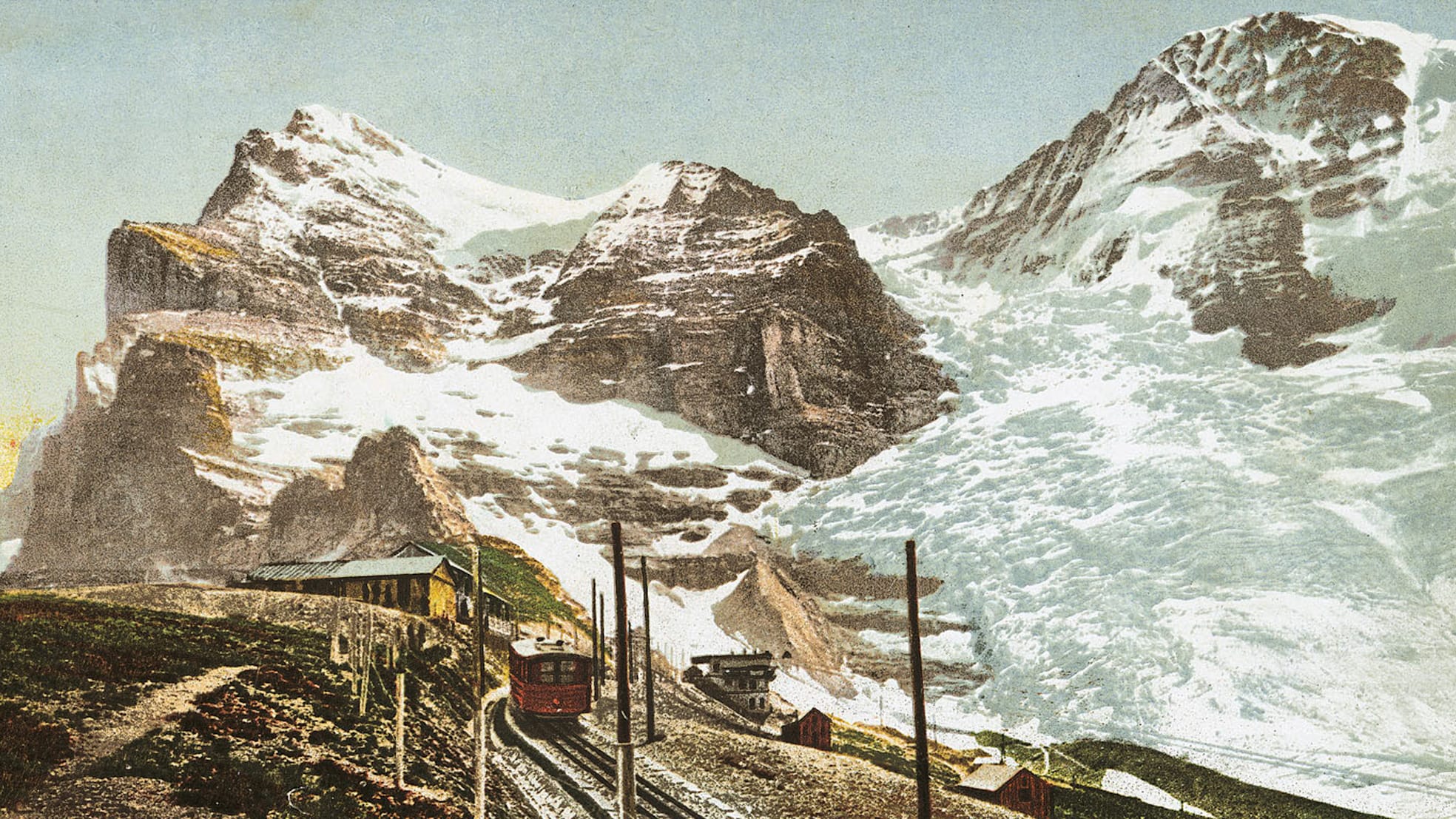
Travelers from all over the world can now reach the Alps and stay in the best possible conditions. And to discover the treasures of the Alps, travel guides became an indispensable tool for all holidaymakers. By the middle of the 19th century, the first travel agencies had also appeared. The Alps opened up to a new public, destinations diversified and tourism industrialized. The Thomas Cook agency, founded in 1841, organized its first group trip to the Swiss Alps in 1863. The range of products and services it offered soon expanded, and the tour operator soon became a key player in Alpine tourism. And when Sir Conan Doyle took part in one of these adventures, he came away so dazzled by the beauty of the Reichenbach waterfalls that he set the scene for the disappearance of his famous hero. On May 4, 1891, Sherlock Holmes, in a final duel with his sworn enemy Professor Moriarty, disappeared into the depths of the BerneseOberland waterfalls.
Throughout the 19th century, the mountain adapted to the presence of man. From ferocious demon to queen. Majestic and fascinating, they became sources of tranquility, inspiration and self-improvement. As a result, tourism is growing in every corner of the Alps. Infrastructure, management and summer and winter leisure activities: the foundations were laid for the mass tourism that was to take off in the 20th century.

